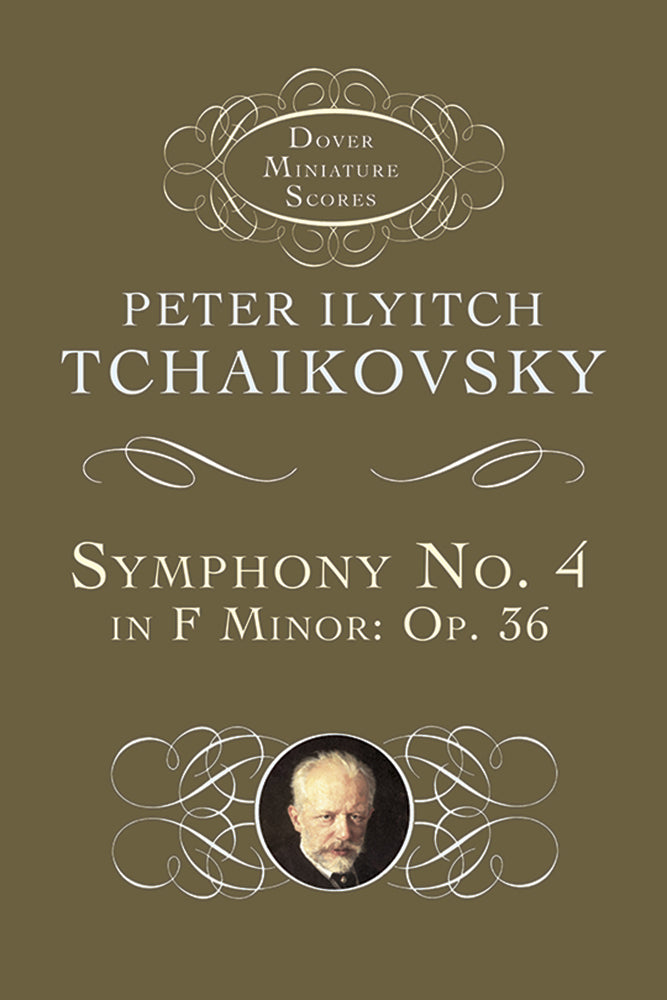
Dover Publications - 486
Tchaikovsky Symphony No. 4 in F Minor: Opus 36 Mini Score
Composer: Pyotr Ilyich Tchaikovsky
Publisher: Dover Publications
Format: Study Score
Binding: Paperback
Dimensions: 5.38 in x 8 in
Pages: 160
Tchaikovsky Symphony No. 4 in F Minor: Opus 36 Mini Score
Juilliard Store
144 West 66th Street
New York NY 10023
United States
Choose options
Tchaikovsky Symphony No. 4 in F Minor: Opus 36 Mini Score
Juilliard Store
144 West 66th Street
New York NY 10023
United States
Tchaikovsky Symphony No. 4 in F Minor: Opus 36 Mini Score
Juilliard Store
144 West 66th Street
New York NY 10023
United States
Tchaikovsky's Fourth Symphony — written in 1877 at the age of thirty-seven — offers itself as an intensely personal statement. Dramatically shaped and brilliantly orchestrated, it captures a theatrical quality and orchestral color that shaped the composer's symphonic fantasy Francesca da Rimini, written just a year earlier. The Fourth opens unequivocally with the thrust of a brass fanfare — the "fate" motive that is to reappear in the last movement — then flows with the effortless quality that characterizes Tchaikovsky's great, generously melodious ballet scores. The second movement lingers over one of the composer's most poignant melodies, and the third — the Scherzo — offers a delightful fantasy from this master orchestrator: the charming Pizzicato ostinato, a unique moment in the entire orchestral literature.
The symphony is reproduced here from the authoritative Breitkopf & Härtel edition, with bar-numbered movements and ample margins at the bottom of each score page for notes and analysis. Ideal for study in the classroom, at home, or in the concert hall, this affordable, high quality, conveniently sized volume will be the edition of choice for music students and music lovers alike
